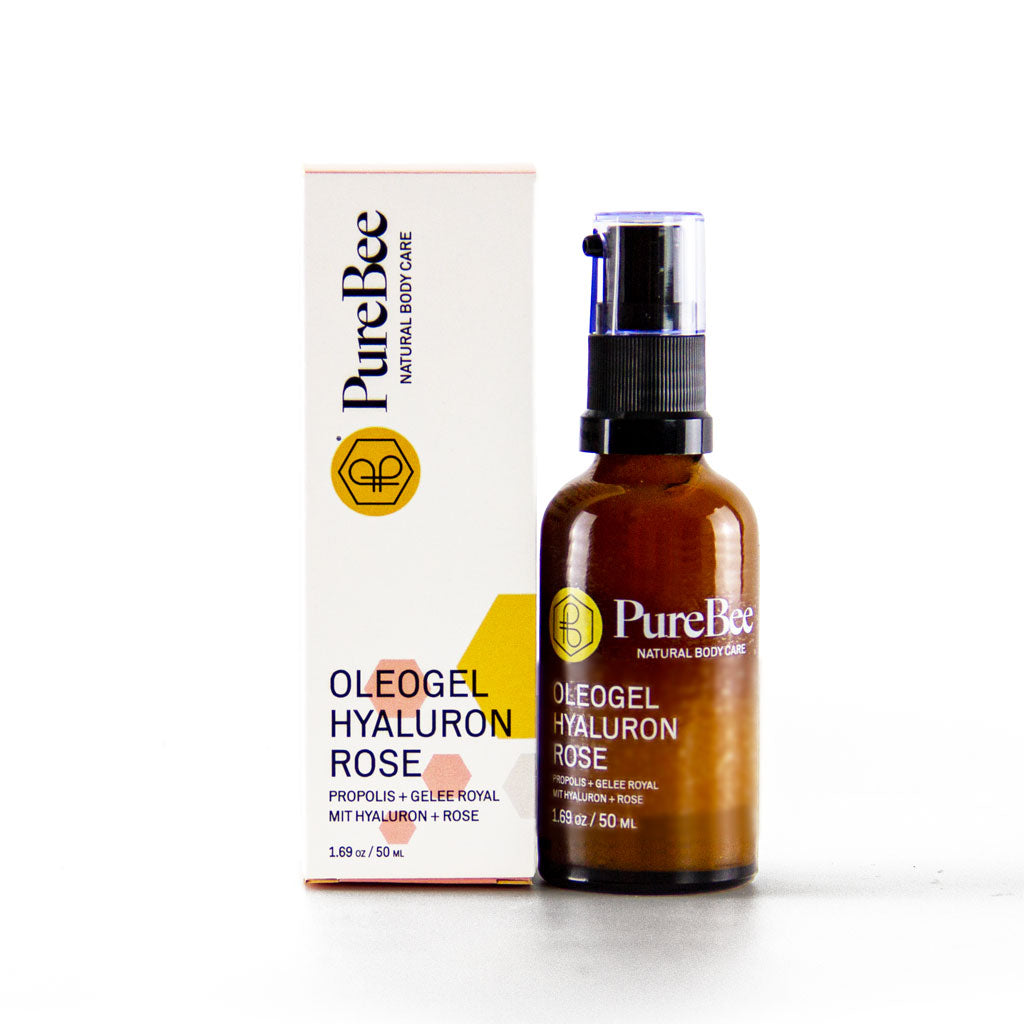4. SEBAB AND SEBAB
Sebum: The sebum in our skin is largely responsible for our skin type. In fact, most of us tend to either over-produce (seborrhea) or under-produce (sebostasis), resulting in oily or dry skin. Especially with age, the performance of the sebaceous glands decreases, which often leads to dry skin. Consisting of squalane, triglycerides, waxes and fatty acids, sebum keeps our skin from drying out and keeps germs at bay.
5. SWEAT GLANDS AND SWEAT
Our body is covered with about 2 million sweat glands, which mainly help us to regulate body temperature. Sweat consists of 99% water and 1% a mix of ions, lactic, amino and fatty acids, ammonia, urea and a few other substances.
6. HYDROLIPID FILM AND ACID PROTECTIVE COAT
In many products that advertise special pH values , you read about it - the protective acid mantle. It includes many tasks such as protecting the skin from drying out and making your skin more resistant to chemicals. The main composition of the film consists of sweat, water excreted through the layers of the skin, as well as sebum, scent gland secretions, fats from the epidermis and breakdown products from the cornification process. Environment, age, skin care and lifestyle have a significant impact on the composition of the hydrolipid film and thus on the health of your skin.

